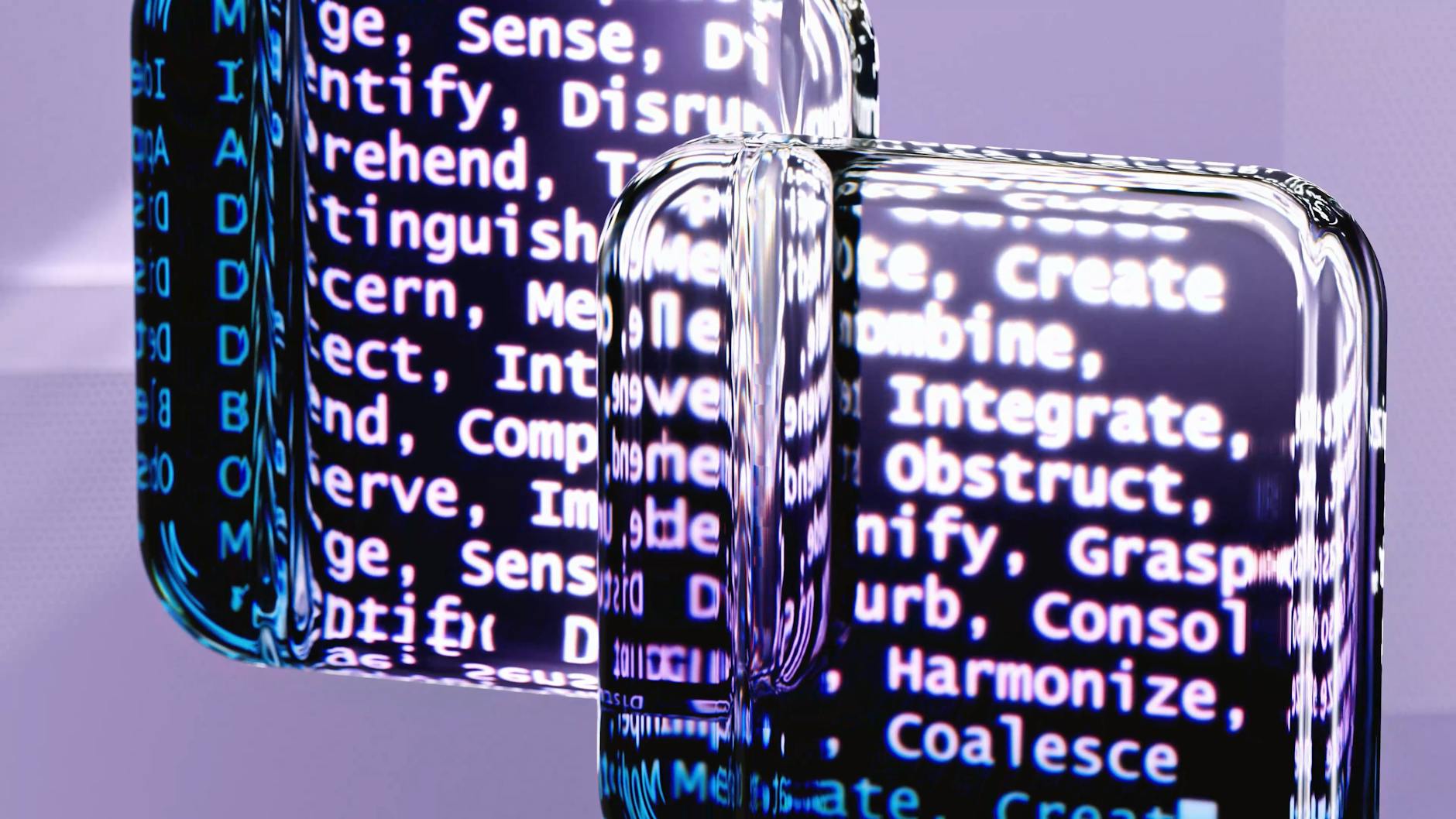
Generative AI: The Future of Creativity, Productivity, and Everything In Between
Picture this: You’re staring at a blank screen, fingers hovering over the keyboard, waiting for inspiration to strike. Then, like a digital muse, generative AI whispers in your ear—”Need a poem about robots falling in love? A business proposal? A symphony in the style of Beethoven mixed with Daft Punk?”—and suddenly, the possibilities are endless. That’s the magic of generative AI, and it’s only getting started.
If you’ve ever used ChatGPT, Midjourney, or any of the other AI tools exploding across the internet, you’ve already dipped your toes into this revolution. But what is generative AI, really? How does it work, and where is it headed? Buckle up—we’re diving deep into the world of machines that dream.
What Is Generative AI? (And Why Should You Care?)
Generative AI refers to artificial intelligence systems that create new content—text, images, music, code, even video—based on patterns learned from massive datasets. Unlike traditional AI, which analyzes or classifies data, generative AI produces it. Think of it as the difference between a librarian (who finds books) and Shakespeare (who writes them).
Here’s why it matters:
- Democratizes creativity: You don’t need to be a Picasso or a Pulitzer winner to generate stunning art or compelling copy.
- Supercharges productivity: Draft emails, brainstorm ideas, or debug code in seconds.
- Changes industries: From marketing to medicine, no field is untouched.
How Does Generative AI Actually Work?
At its core, generative AI relies on neural networks—specifically, models like GPT-4 for text or Stable Diffusion for images. These models are trained on oceans of data (every Wikipedia article, thousands of paintings, millions of lines of code) and learn to predict what comes next in a sequence. Ask for a haiku about tacos, and it stitches together words statistically likely to form… well, a taco haiku.
But here’s the kicker: It doesn’t “understand” tacos. It’s an incredibly sophisticated pattern-matching machine. (Which explains why it sometimes suggests adding ketchup to guacamole—a crime against humanity.)
Generative AI in 2025: 3 Trends You Can’t Ignore
The generative AI space moves faster than a caffeinated cheetah. Here’s where experts (and my crystal ball) predict we’re headed:
1. Hyper-Personalization
Forget generic marketing emails. By 2025, AI will craft content tailored to your mood, browsing history, and even your heartbeat (thanks, wearable tech). Imagine a Netflix show that rewrites itself based on your facial expressions.
2. The Rise of “AI-Native” Jobs
Roles like “Prompt Engineer” are just the beginning. We’ll see AI therapists, AI-assisted teachers, and—my personal favorite—”AI Whisperers” who fine-tune models to avoid robot-induced absurdity.
3. Ethical Backlash & Regulation
As deepfakes get scarily convincing and copyright battles heat up, governments will step in. Expect stricter rules around AI-generated content—especially in politics and creative fields.
Generative AI Tools: A Quick Comparison
| Tool | Best For | Limitations |
|---|---|---|
| ChatGPT (OpenAI) | Text generation, brainstorming, coding help | Can be verbose; facts need fact-checking |
| Midjourney | Stunning digital art, concept designs | Struggles with text in images |
| GitHub Copilot | Writing and debugging code | Sometimes suggests outdated methods |
| DALL-E 3 | Photorealistic images, meme-worthy absurdity | Limited control over fine details |
My Love-Hate Relationship With Generative AI
I’ll admit it: I once asked ChatGPT to write a breakup letter. It suggested opening with, “As the stars realign their cosmic dance…” (Spoiler: I did not send that.) But I’ve also used AI to draft blog outlines, brainstorm product names, and even explain quantum physics to my dog (he remained unimpressed).
The key? Treat AI like a brilliant but eccentric intern. Double-check its work, give clear instructions, and never trust it with your Netflix password.
FAQs About Generative AI
Is generative AI going to steal my job?
Probably not—but it’ll change it. AI excels at grunt work (drafting reports, crunching data), freeing humans for strategy and creativity. The best career move? Learn to collaborate with AI.
Can I tell if something was AI-generated?
Sometimes. Look for overly formal language, weirdly perfect grammar, or answers that sound like a Wikipedia summary. Tools like GPTZero help, but detection is a cat-and-mouse game.
What’s the weirdest thing generative AI has created?
Where to start? A recipe for “banana toothpaste risotto,” a painting of “dogs playing poker… in space,” or my personal favorite: an existential crisis-themed crossword puzzle.
The Bottom Line: Embrace the Chaos
Generative AI isn’t perfect—it’s equal parts genius and goofball. But it’s reshaping how we create, work, and think. The future belongs to those who can harness its power without losing their human touch.
Ready to dive in? Pick one tool (try ChatGPT or Canva’s AI features), play with it for 20 minutes, and see where it takes you. And if it suggests putting ketchup on guacamole… maybe don’t listen to that part.
Related: AI in space exploration
Related: AI in insurance
Also read: Ahrefs
Also read: Nvidia



Pingback: Suicide Squad: Kill the Justice League updates - previewkart.com